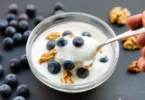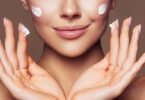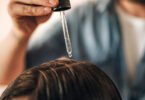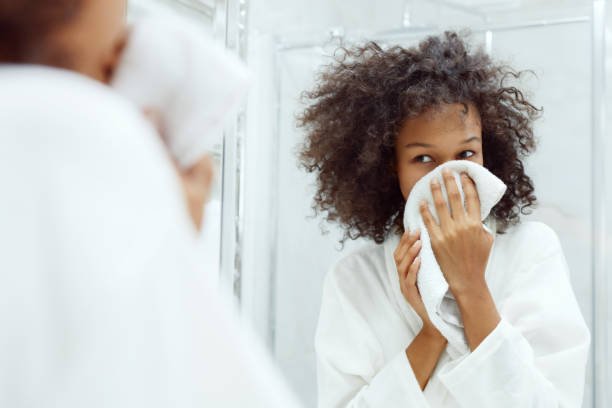
Over the years, I’ve had numerous skin breakouts. Hormonal breakouts, menstrual periods, stress, fatty or sugary foods, and even ovulation breakouts became rational occurrences.
In my quest for clearer, healthier skin, I came across cocoa butter soap in a shopping mall one lovely evening; the brand packaging was enticing, as were the contents. I had to get approval from a dermatologist first, and then… Within two months of use, I’ve noticed significant improvements.
I’d say I’ve enjoyed using this chocolate-scented soap, probably because of my love of chocolate, but I absolutely adore the soap.
Here’s everything you need to know about cocoa butter and its benefits for your skin
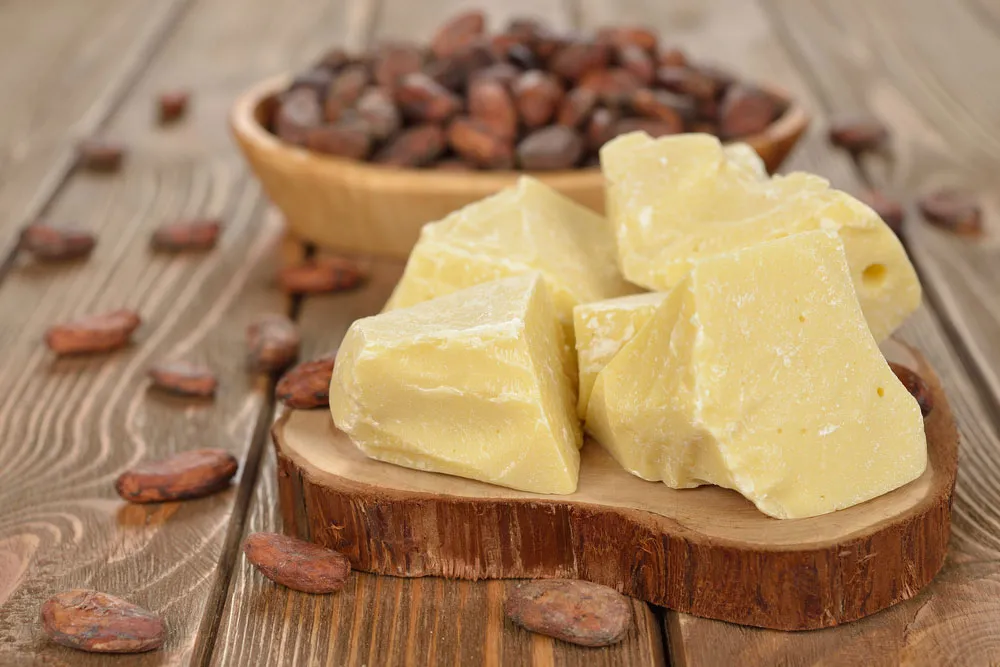
Where is Cocoa butter gotten from?
Cocoa butter is a natural fat derived directly from the cocoa bean. The beans are extracted from the larger cacao plant to make cocoa butter. They are then roasted, stripped, and pressed to separate the fat—the cocoa butter. The leftovers are then ground into cocoa powder.
Cocoa butter has a number of skin-healthy properties, including hydration and inflammation reduction. With this in mind, it’s no surprise that cocoa butter is being used as an active ingredient in an increasing number of skincare products.
For over 3,000 years, cocoa has been used in both traditional and modern medicine. It was a favorite food of the Aztecs and Mayans, who even used cocoa as currency. Researchers have recently discovered that phytochemicals found in cocoa may help keep your body and skin healthy.
Can cocoa butter truly improve the appearance of your skin? Let’s look at the science behind these fascinating beauty claims.
What are the advantages of using cocoa butter?
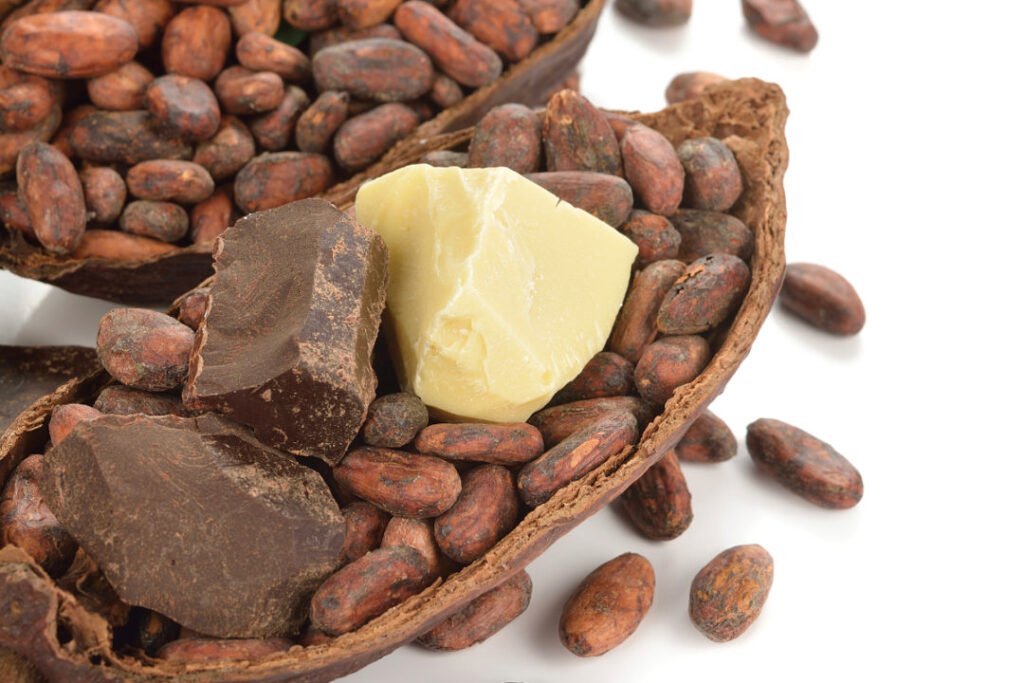
Cocoa butter is packed with tons of fatty acids, accounting for its ability to hydrate and nourish the skin while improving elasticity and firmness. The fat found in cocoa butter serves as a protective shield over the skin to lock in moisture.
Additionally, cocoa butter is also rich in natural plant compounds called phytochemicals. These substances are found to help improve blood flow to the skin and slow skin aging by protecting the skin against damage from harmful UV rays gotten from sunlight.
One everyday use of cocoa butter is to improve scars and fade wrinkles and balance the skin tone. Many women believe cocoa butter creams and lotions can be used during and after pregnancy to help prevent and reduce the appearance of stretch marks.
Cocoa butter has also been promoted for its ability to heal rashes from conditions like eczema and dermatitis.
What do researchers advise?
Undoubtedly, cocoa butter might smell good and feel luxurious when you rub it on your body or apply it to your skin in the form of a soap bar; however, more research is being carried out to effectively back up these claims.
When it comes to improving the visibility of scars and stretch marks, the recent research carried out isn’t very compelling. Very recent research on using cocoa butter for stretch marks suggests that it doesn’t work any better than an inactive or placebo cream.
Moreover, some research does suggest that cocoa butter has great potential to prevent and treat skin diseases. It can also shield the skin from damage that can lead to premature aging.
Important things to note before using cocoa butter for your face
As long as you are not allergic to the cocoa plant, cocoa butter is proven to be safe. Similarly to cocoa powder, cocoa butter contains no caffeine.
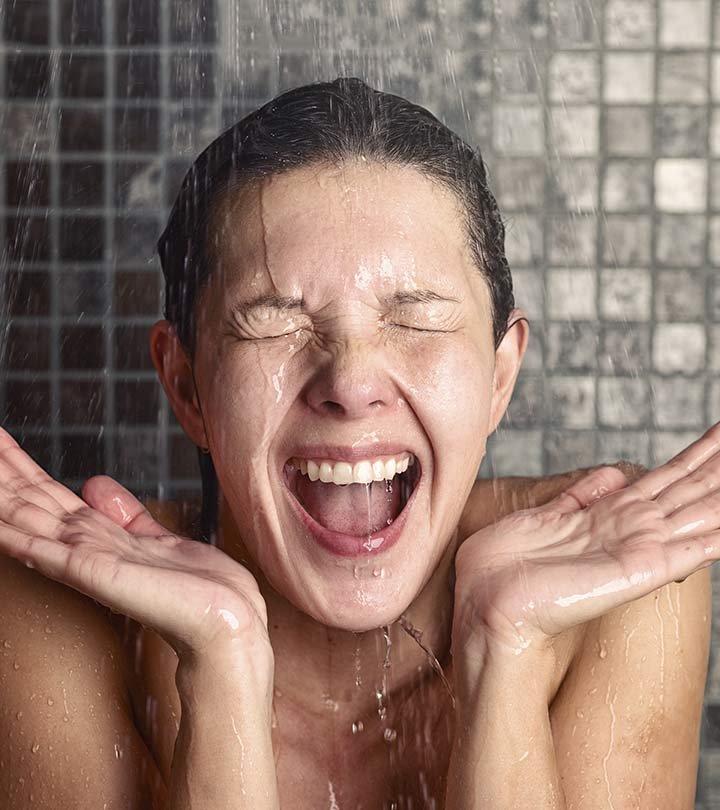
Cocoa butter, on the other hand, is known to clog pores. So proceed with caution when applying cocoa butter to your face. If you have acne or breakouts, you should avoid using any products that list cocoa butter as one of the first seven ingredients. You do not have to be as concerned if cocoa butter is listed far down the ingredient list, or if you are not concerned about acne.
The chemical structure of oil determines whether or not it clogs pores. The molecules in cocoa butter are densely packed, making it highly comedogenic (pore-clogging).
Less comedogenic oils include olive oil, almond oil, and apricot oil. Soybean, sunflower, and safflower oils are examples of oils considered safe and will not clog pores at all.
How to keep your skin in good condition
Keep your skin healthy from the inside and out by:
- Properly hydrating and getting enough fruits and veggies
- Getting enough sleep
- Eating wholesome meals and healthy foods
- Avoiding smoking
- Moisturise properly and regularly
- Using sunscreen lotion all day.
Conclusion
Cocoa butter is the pure fat derived from cocoa beans. Some basic research has shown that cocoa butter has a lot of potentials and has nutritional value for the skin. Sometimes, cocoa butter is used in lotion, but it may not be best for your face because it can clog your pores.
Disclaimer: The above information written in this article is solely meant for informational and educational purposes only. The article written/published does not intend to diagnose, treat or cure any disease and should not be treated as medical advice.
References:
“The USDA Food Composition Databases”
“Web Images”
“MPDI.com“




